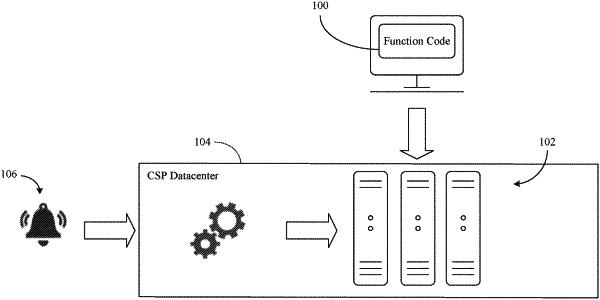| CPC G06F 9/5061 (2013.01) [G06F 9/52 (2013.01); G06F 11/302 (2013.01); G06F 11/3495 (2013.01); G06F 21/53 (2013.01); G06F 21/604 (2013.01); G06F 21/56 (2013.01); G06F 2209/521 (2013.01); G06F 2221/033 (2013.01); G06N 20/00 (2019.01)] | 30 Claims |

|
1. At least one non-transitory computer readable storage medium comprising a set of executable computer programming instructions for providing enhanced function as a service (FaaS) to a plurality of users, which, when executed by a computing system, cause the computing system to:
execute a plurality of functions on one or more architectural subsystems in the computing system in response to one or more events received from the plurality of users, the one or more architectural subsystems representing an abstraction of execution environment for the plurality of functions and a plurality of containers associated with the plurality of functions;
allocate a plurality of computing resources of the computing system to facilitate the execution of the plurality of functions by one or more software and orchestration subsystems in the computing system;
analyze a plurality of parameters associated with the plurality of functions and a plurality of parameters associated with the plurality of computing resources of the computing system;
store the plurality of functions and analysis of the plurality of parameters associated with the plurality of functions and the plurality of parameters associated with the plurality of computing resources in one or more networking and storage subsystems in the computing system, locations for storing of the plurality of functions and the analysis being selected for enhancing locality between the plurality of functions and the corresponding plurality of computing resources and reducing function execution latency;
secure the execution of the plurality of functions by one or more security subsystems in the computing system; and
conduct a first relayout of a first response object based on a first subset of a set of fields associated with a first invocation instance of a function, wherein the first relayout of the first response object includes reordering or reconfiguring the first response object.
|